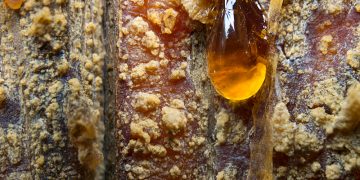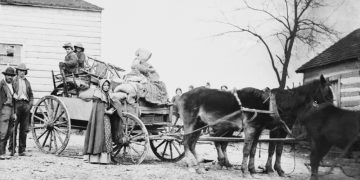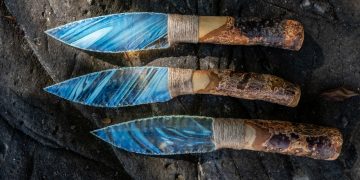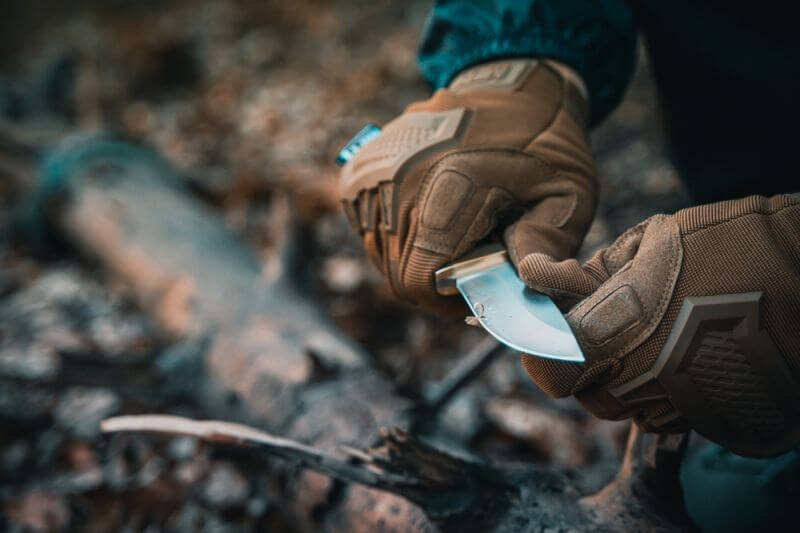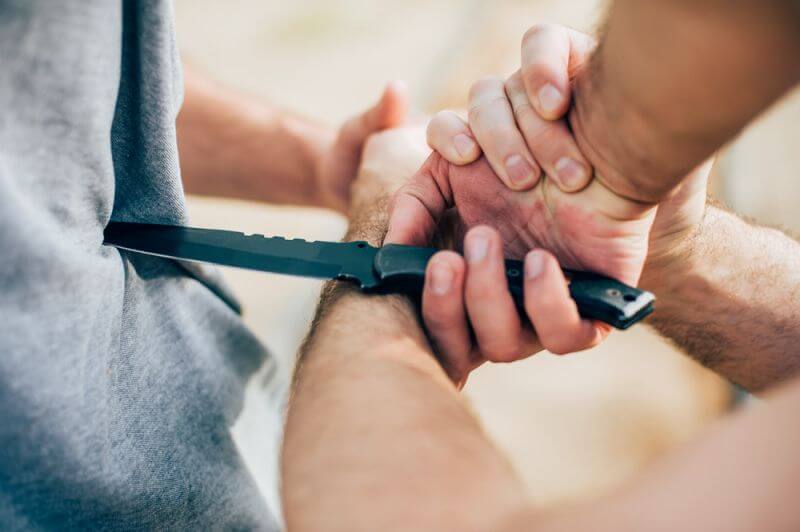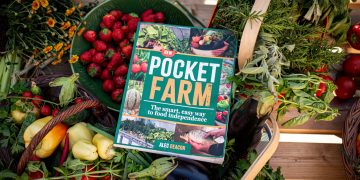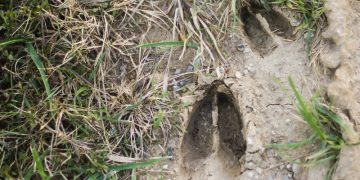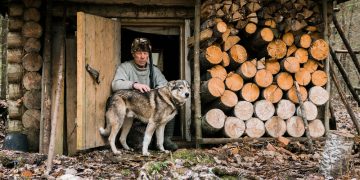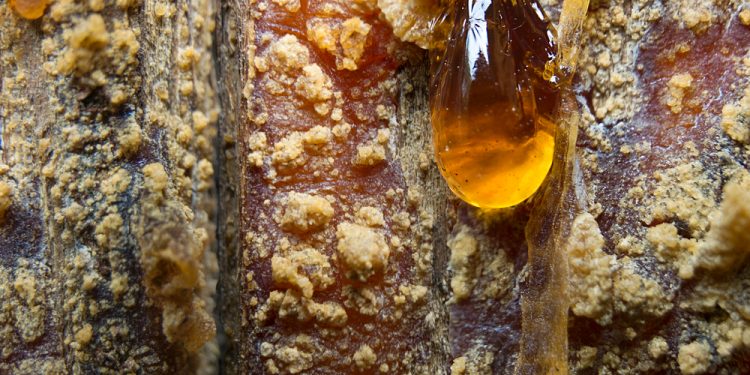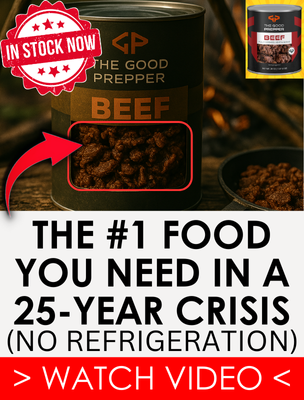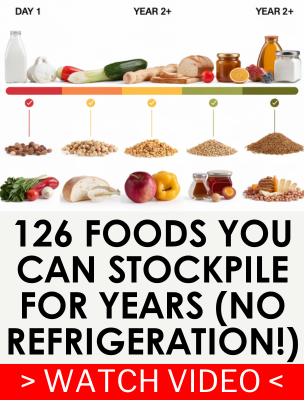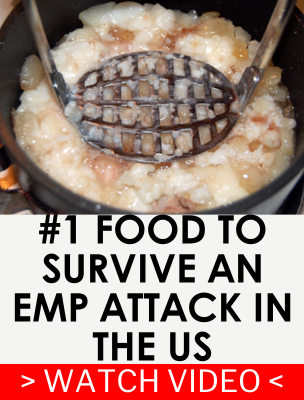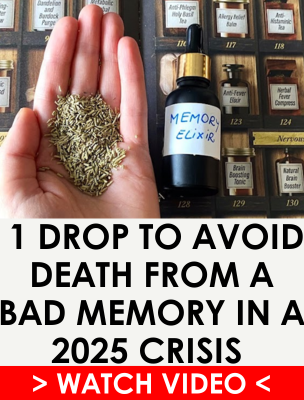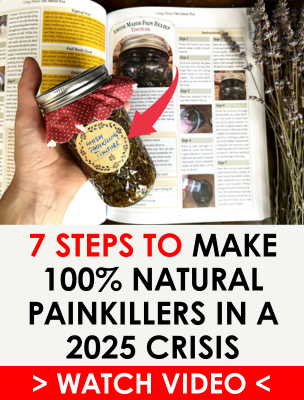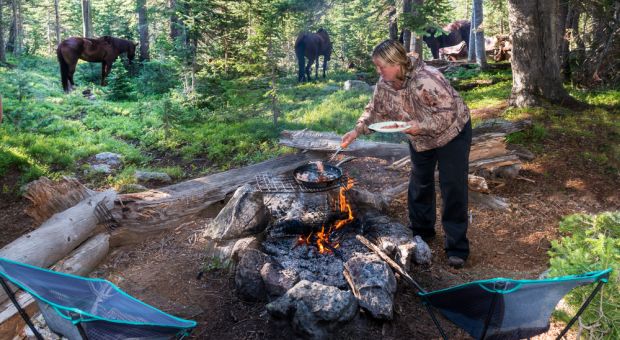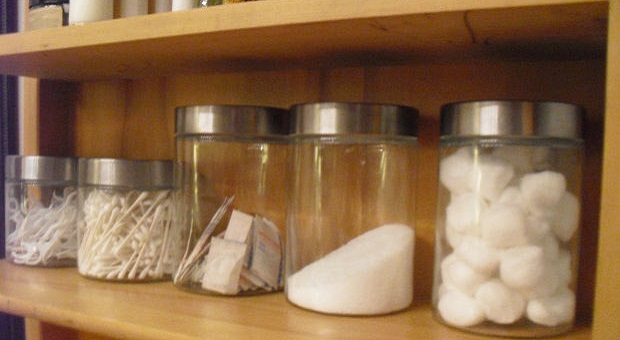The Tree of Life
The Tree of Life is a central theme of the mythologies of many different cultures and religions. Judaism, Christianity, Islam, Hinduism and Buddhism all teach of the Tree of Life.
The Mesopotamians, Egyptians, Celts and Norse all wrote of the Tree of Life. While the species varies from culture to culture, it seems that nearly everyone told a story of a life-giving tree. For the Buddhists, the Bodhi tree was a species of fig. (Wikipedia, Bohdi tree, 2025) For the Egyptians acacia represented Osiris and Isis and rebirth and the afterlife. For the Norse, Yggdrasil was an Ash. (Archaeologist, 2025) For the Pacific Islanders, the tree of life is the coconut palm, and it provides everything needed to make weapons, medicine, shelter, palm frond sleeping mats, furniture, fire, water, food, dishes, utensils, baskets, canoes, musical instruments and more. For some African cultures the baobab tree provides both food and shelter.
Resin bearing trees such as cedar, fir and pine trees play a similarly important role important for certain cultures.
For several Native American tribes the various species of pine provided:
- Wood and glue to make weapons and fletch arrows.
- Pine resin to make pine torches for light.
- Resin for medicine to treat the sick.
- Boughs and branches to build shelters.
- Pine needles for smudge, not just for ritual spiritual purification, but also to drive vermin from shelters for temporal sanitation and physical hygiene.
- Bark for cordage and baskets.
- Fatwood for tinder.
- Pine needles for tea.
- Pine nuts for food.
- Cordage and sticks for Paiute deadfall traps for food procurement.
- Bark for canoes.
- Wood to build pack frames, cradleboards, and travois for transportation.
The many species of pine tick a lot of boxes in the list of survival needs.
Basic Pine Resin Products
In researching this article, it was evident that there is some confusion on survival websites about what sap, pine resin, pine pitch and pine tar are, so I will clear that up and explain some of the basic survival uses for pine resin and its most basic products.
It is not my intent to disparage these websites. Survival websites are a handy source of information, and I refer to them often when I research topics. Just because a survivalist doesn’t know the difference between sap and resin doesn’t necessarily mean that they don’t know how to make pine tar. One can be a survivalist without being a botanist.
Sap vs. Resin
Scientifically speaking, a resin is either a solid or a highly viscous liquid that can be converted into a polymer. For our purposes, most deciduous trees produce sap, but most conifers (pine, cedar and fir trees) produce both resin and sap.
Sap is watery, clear and usually colorless and transports the trees nutrients, which are manufactured in the leaves through the process of photosynthesis and is transported throughout the tree and stored to get trees through winter.
Sap is an important survival resource in its own right as many dozens of trees produce edible, often sweet, sap that can be tapped and concentrated into syrup. This process of tapping and concentrating edible tree sap is called sugaring. (Miller, 2022)
Trees that produce edible sap:
- Maple
- Birch
- Beech
- Alder
- Walnut
- Pecan
- Box Elder
- Sycamore
- Cherry
- Hickory
- Elm
- Linden
- Pine
- Palm
- Sassafras
- Sweetgum
- Poplar
- Aspen
There are more species of trees that produce edible sap. It is worth learning which species grow in your stomping grounds, how to tap them, how to concentrate their sap into syrup, and what that syrup tastes like. Not all edible tree sap can be concentrated into syrup anywhere near as sweet as maple syrup, but syrups pack both flavor and food value, making them a wild edible resource that, from the perspective of survival, you can’t afford to ignore. (Haritan, 2014)
Pine resin is sticky, amber colored and viscous. Any injury to the bark of a pine tree will provoke the tree to extrude resin. Resin contains compounds produced by the tree and plays a role in defending the tree against insects and pathogens and probably serves other purposes that we don’t yet understand. The resins of various trees are used in medicines, adhesives, waterproofing, preservatives, spices, fragrances, incense and more and pine resin is used for all of these uses and more.
Pine Resin
In materials science, a resin is a soft solid or highly viscous liquid that contains prepolymers. Organic resins are sometimes confused with natural gums, but their chemical makeup is very different.
Pine resin is easiest to collect in the summer months as its viscosity increases at colder temperatures. Also, even though pine trees don’t lose their needles in the fall, as deciduous trees lose their leaves, their sap and resin flows both slow, slowing the process of collecting pine resin.
Longleaf pine produces the most resin, but other species of pine also produce resin in useful quantities. (Wikipedia, Resin, 2025)
Pine Tar
Pine tar is dark, viscous and smells of smoke. It is extracted through wood pyrolysis or the burning of wood. Dried pine stumps are cut into fist size pieces, which are then burned in the anoxic (oxygen-poor) environment of a closed container. The resulting combination of heat and pressure produces two products: charcoal and pine tar. The charcoal is retained in the primary container, while pine tar drips down into a secondary container.
Pine tar is used as a wood sealant, especially in ships, wood preservative, roofing sealant, in soapmaking, and in medicine. (Wikipedia, Pine tar, 2025)
Pine Pitch
Pine pitch is made by boing down pine resin in a double boiler, straining it, adding charcoal (usually approximately 1 part charcoal to 3 parts resin), a small amount of filler (usually pithy plant material or herbivore dung) and a small amount of emollient (usually beeswax or lard). The amount of emollient added varies by application. (Wikipedia, Pitch (resin), 2025)
Like pine tar, pine pitch was used to caulk the seams of wooden ships and boats. It was also used to waterproof wooden containers, and in making torches.
Top 10 Survival Uses of Pine Resin
Now that we have defined the basic products of pine resin, we can create a meaningful list of the survival uses of this important resource.
1. Pine Resin Glue
Adhesives are very useful, especially when hafting primitive tools or making primitive arrows.
A simple adhesive can be made from mixing 1 cup pine resin, ¼ cup beeswax, and 1 tablespoon of charcoal. Heat the resin in a double boiler, add the beeswax, add charcoal, mix well. The glue can be poured into molds or on to a non-stick surface to cool.
2. Pine Pitch Glue
Pine pitch glue is made by boiling down pine resin in a double boiler, straining it, adding fine hardwood charcoal powder (1 part charcoal to 1 part resin), and fibers to strengthen the glue (5-10% by volume of pithy plant material or herbivore dung) and a small amount of emollient (usually beeswax or lard). The amount of emollient added varies by application. (Keffer, 2010)
Pine pitch also makes a good adhesive; however it must be heated to raise the viscosity enough to apply it. One solution is to sharpen the end of a pencil-thick stick and apply hot pine pitch to it, creating a pitch stick or glue dauber. Wet the palm of your hand with water and twirl the hot (not so hat that it will burn your in spite of the water) pine pitch to impart either a pointed teardrop or ball shape to it and allow it to harden. The end of the pitch stick can then be lit or heated to apply pine pitch glue to your project. (Burleigh, 2013)
For large projects, construct a double boiler, heat the amount of glue needed, and apply it with a stick or brush.
3. Tinder
You have probably heard that fatwood makes great tinder. It is long-burning because it is loaded with pine resin which contains flammable terpenes.
The best fatwood is harvested from the stumps of pine trees. When a pine tree falls or is felled, the tree sends resin to the injury site, loading the stump with pine resin.
If you can’t find a pine stump, that’s OK. You can collect nodules of pine resin anywhere the bark of pine trees has been injured. If necessary, you can score an area of bark with V-shaped blazes to harvest pine resin.
4. Pine Lamp
Up until the mid-1800’s, pine torches and lamps were what poor families who had access to pine trees used for light. Quite simply, oil was expensive and pine trees were free. So if you read diaries from that era, you hear references of using the “pine torch”.
A simple pine resin lamp can be made by placing a chunk of pine resin in a shell, a concave rock or a shallow can and add wick of cotton or moss.
5. Pine Torch
A simple torch can be made by splitting the end of a green branch several times about 4-5 inches deep and wedging pine resin in between the “fingers” of the split end.
Pine resin is full of flammable terpenes to use as an ingredient in candle making.
6. Pine Resin Salve
Pine resin has antiseptic and antifungal properties, making it a natural choice for inclusion in healing salves.
A simple pine resin salve can be made by covering strained pine resin with olive oil. The oil will dissolve it. Then add beeswax to firm it up. Do a skin patch test before use. May cause minor irritation. Pine resin salve is used to treat minor abrasions and burns.
7. Pine Tar Salve
Pine tar salves are used to treat carbuncles and skin diseases such as rosacea, psoriasis and eczema. (Wikipedia, Pine tar, 2025)
8. Skin Protectant/Medical Adhesive
Pine tar can be warmed or thinned with a few drops of alcohol for use in place of benzoin tincture as a skin protectant, wound sealant, and to improve the adhesion of adhesive surgical tape or blister dressings.
9. Wood Preservative
Ever wonder why wood projects built today decay and start falling apart within 5-10 years, while wood-framed buildings built hundreds of years ago are still standing? Part of it has do with the fact that our ancestors built them using the hard heartwood of decay-resistant tree species but part of it is that they used pine tar-based wood preservative.
If you want your wood project to really last, after preserving it with pine tar, finish it with boiled linseed oil and then buff it with beeswax softened with turpentine.
There are still a few companies making pine tar or you can make your own. Finding real boiled linseed oil is harder but possible. Today most manufacturers use metallic oxidizers to speed drying.
10. Pine Tar Sealant/Waterproofing
Pine tar is the pine product of choice for waterproofing and was used to waterproof ships for many centuries.
Summary
Pine resin products have a multitude of survival uses including salves, adhesives, waterproofing, wood preservatives, light sources and tinder.
If you try your hand at pine resin products (and I hope you do), it is soluble in both alcohol and oil, so you try rubbing alcohol or olive oil for cleanup.
Others Are Watching Now:
References
Archaeologist, T. (2025, February 28). The Symbolism of the Tree of Life. Retrieved from thearchaeologist.org:
https://www.thearchaeologist.org/blog/the-symbolism-of-the-tree-of-life
Burleigh, J. L. (2013). How to Make Pine Pitch. Retrieved from primitiveways.com:
https://primitiveways.com/pine_pitch_stick.html
Haritan, A. (2014, February 04). 22 Trees That Can Be Tapped for Sap and Syrup. Retrieved from wildfoodism.com:
Keffer, J. C. (2010). Instructions on Making Pine Pitch Glue. Retrieved from pugetsoundknappers.com:
https://pugetsoundknappers.com/how_to/pine_pitch_glue.html
Miller, D. (2022, March 04). The Difference Between Tree Sap & Resin. Retrieved from sciencing.com:
https://www.sciencing.com/difference-between-tree-sap-tree-resin-12296179/
Wikipedia. (2025, October 30). Bodhi tree. Retrieved from wikipedia.org:
https://en.wikipedia.org/wiki/Bodhi_tree
Wikipedia. (2025, October 21). Pine tar. Retrieved from wikipedia.org:
https://en.wikipedia.org/wiki/Pine_tar
Wikipedia. (2025, October 09). Pitch (resin). Retrieved from wikipedia.org:
https://en.wikipedia.org/wiki/Pitch_(resin)
Wikipedia. (2025, October 05). Resin. Retrieved from wikipedia.org:
https://en.wikipedia.org/wiki/Resin


